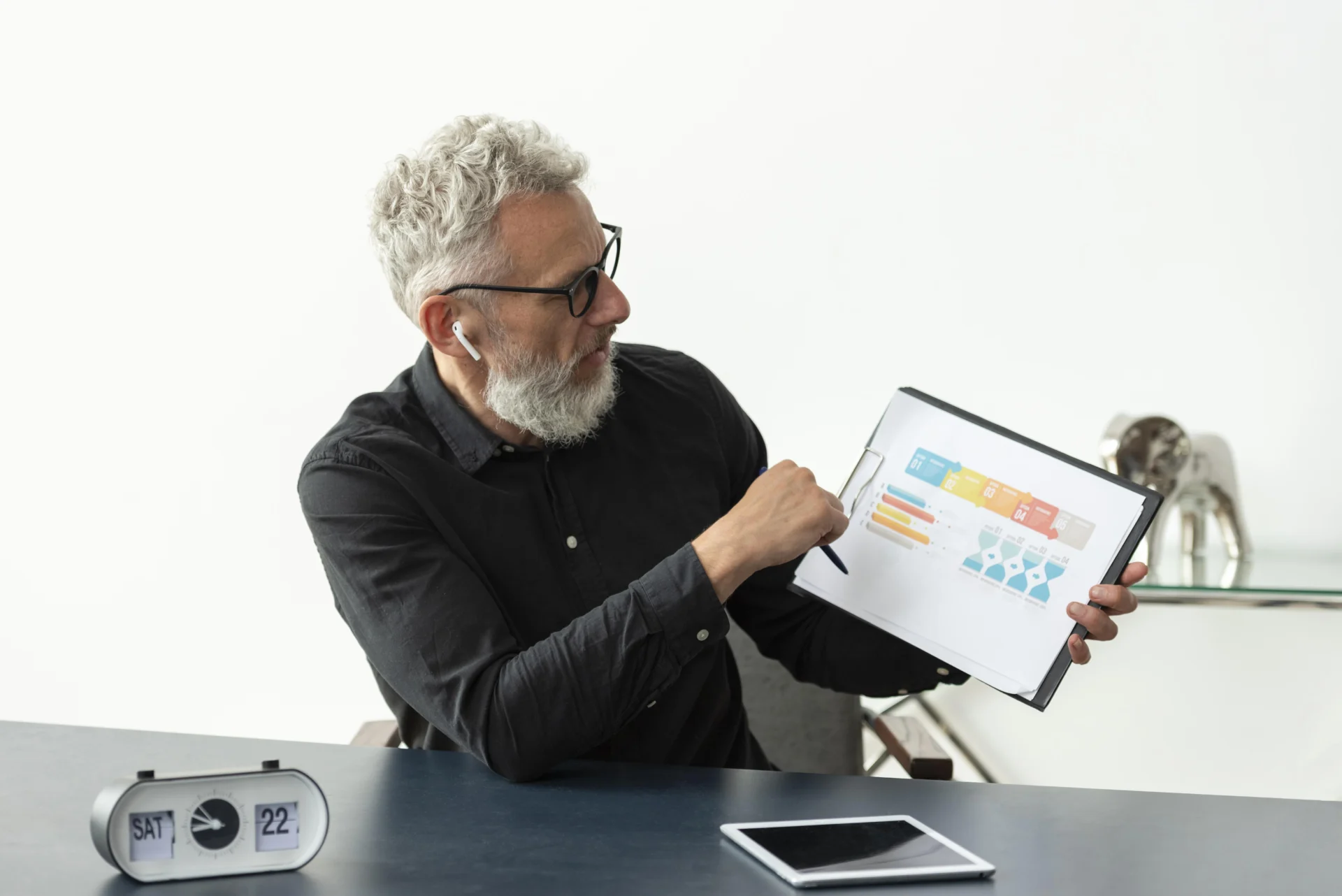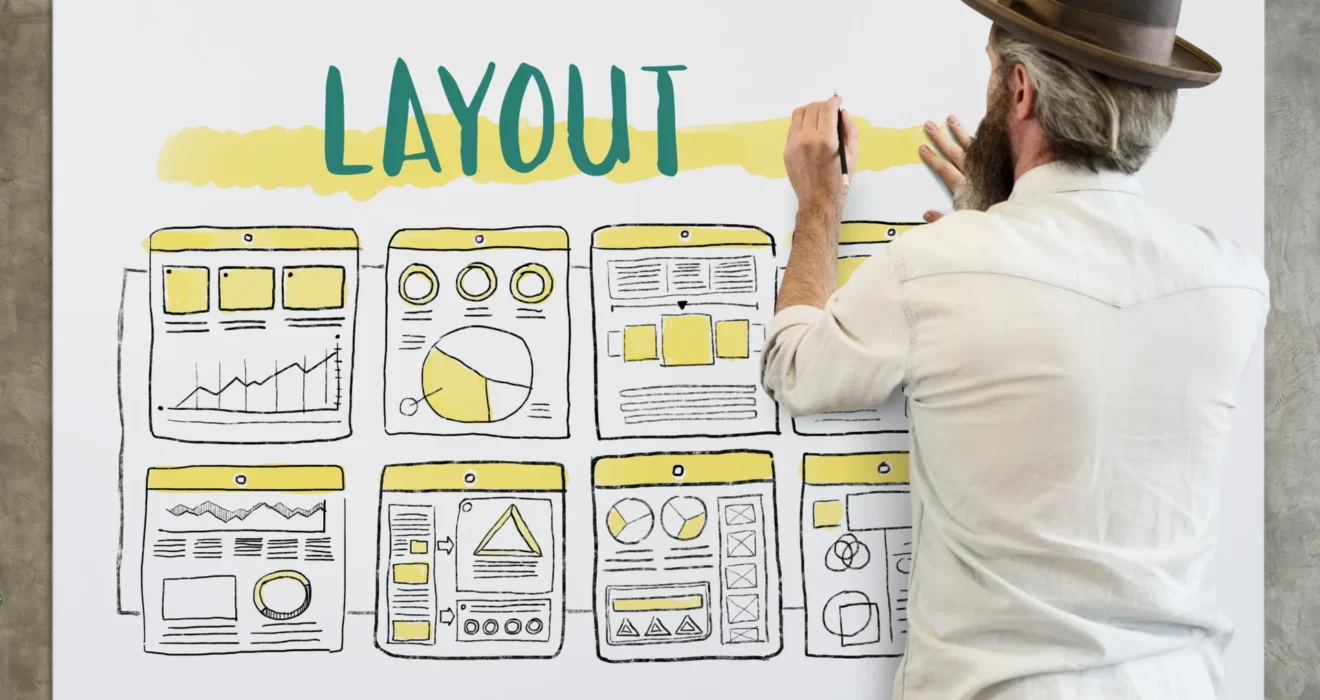User Experience Design Principles for Admin Panels
1. Introduction to Admin Panel User Experience Design
1.1 Definition of Admin Panels
Admin panels, also known as back-end interfaces, are the behind-the-scenes control centers of websites or applications where administrators manage content, settings, and users. Essentially, they are the command centers that keep the digital ship afloat.
1.2 Importance of User Experience in Admin Panels
While admin panels may not always steal the spotlight like front-end designs, their user experience is just as critical for ensuring smooth and efficient operations. A poorly designed admin panel can lead to frustration, mistakes, and wasted time for users managing the back-end tasks. By focusing on intuitive layouts, clear navigation, and easy-to-understand functionality, businesses can enhance efficiency, reduce errors, and prevent unnecessary complications.

2. Understanding User Needs and Goals

2.1 User Research Methods for Admin Panels
To create a user-friendly admin panel, it’s essential to conduct user research. This can involve interviews, surveys, and observation to understand the pain points and preferences of administrators. By stepping into their shoes, designers can tailor the admin panel to meet user needs effectively.
2.2 Identifying Key User Personas
Creating user personas is a powerful approach for understanding the different types of administrators who will be interacting with the admin panel. By identifying key traits, behaviors, and goals of these personas, designers can tailor the interface to meet the unique needs of each user. This ensures the panel remains intuitive, user-friendly, and efficient, ultimately improving the overall user experience for administrators with varying levels of expertise and different responsibilities.
3. Designing for Efficiency and Productivity
3.1 Streamlining Navigation and Information Architecture
Efficient navigation is key in admin panels, where users need quick access to various features and settings. By organizing information logically and providing clear pathways, designers can help administrators navigate the panel with ease, saving time and reducing frustration.
3.2 Implementing Time-Saving Features
Integrating time-saving features like shortcuts, automation tools, and customizable dashboards into admin panels can greatly enhance productivity. By designing with efficiency in mind, administrators can perform tasks more quickly and easily. These features not only streamline workflows but also empower administrators to focus on higher-priority tasks, ultimately improving overall efficiency and effectiveness in managing the system.

4. Simplifying Complex Workflows
4.1 Mapping User Journeys in Admin Panels
Mapping out user journeys within the admin panel allows designers to visualize how administrators interact with the interface. By identifying pain points and opportunities for improvement, designers can refine workflows and make the admin panel more intuitive. This approach enhances the overall user experience, helping administrators perform tasks more efficiently and reducing frustration in the process.
4.2 Breaking Down Tasks into Manageable Steps
Complex tasks can overwhelm administrators, leading to errors and inefficiencies. By breaking down tasks into manageable steps and guiding users through the process, designers can simplify workflows and empower administrators to accomplish their tasks smoothly and confidently.
5. Maintaining Consistency and Familiarity
When designing admin panels, one of the key principles is to maintain consistency and familiarity for users. This involves creating a unified design language that ensures a cohesive and seamless experience throughout the interface. By standardizing user interface elements such as buttons, forms, and navigation menus, you can help users navigate the system with ease and efficiency.
6. Prioritizing Accessibility and Inclusivity
Accessibility and inclusivity are critical when designing admin panels. Ensuring compliance with accessibility standards makes the system usable for everyone, including individuals with disabilities. By designing with diverse user needs in mind, you can accommodate a broad range of capabilities, creating a more inclusive environment that allows all users to interact with the admin panel effectively and efficiently.
7. Enhancing User Control and Customization
Empowering users with control and customization options can greatly improve their experience with admin panels. Providing personalization options allows users to tailor the interface to their preferences, enhancing usability and satisfaction. Allowing users to customize dashboard layouts gives them the flexibility to prioritize the information that matters most to them.
8. Testing and Iterating for Continuous Improvement
To ensure the effectiveness of admin panel design, testing and iterating are crucial steps in the process. Utilizing user testing and feedback helps identify pain points and areas for improvement, leading to a more user-friendly interface. Embracing an iterative design process for admin panels allows for continuous enhancements based on user insights, resulting in a system that evolves to meet user needs effectively. In conclusion, adhering to these User Experience Design principles for admin panels can significantly enhance user satisfaction, productivity, and overall usability. By incorporating user-centric design strategies, ensuring accessibility and inclusivity, and embracing a culture of continuous improvement, organizations can create admin panels that not only meet user needs but also contribute to a positive user experience. Implementing these principles will not only benefit users but also lead to more efficient and effective management of systems and processes.



